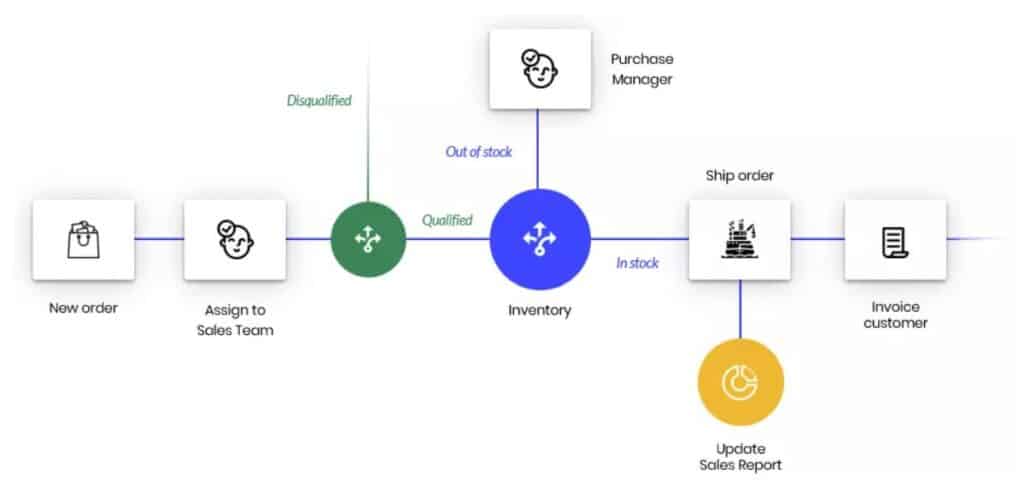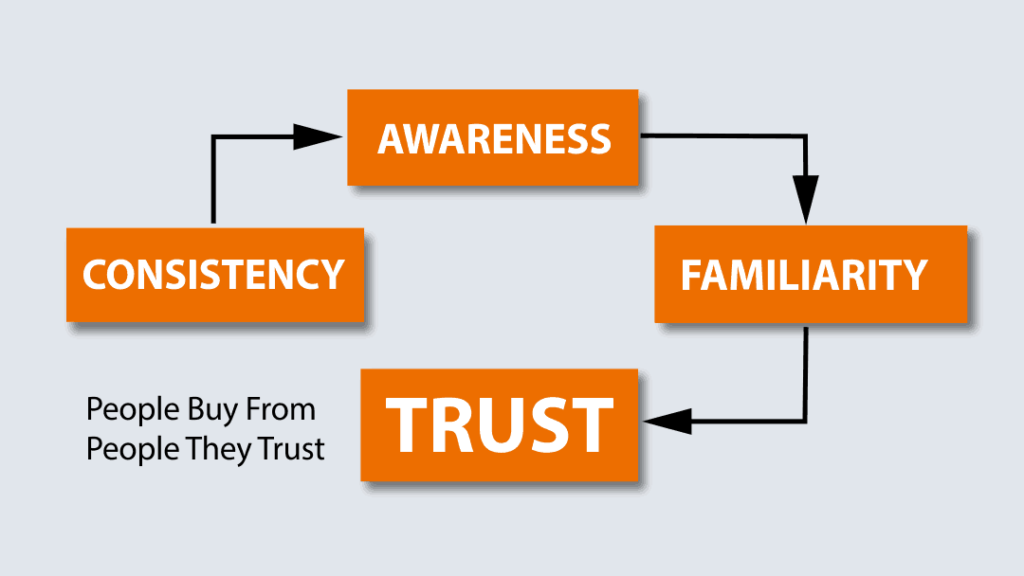Does Your Business Need a Workflow Management System?

Ever since its release in 1984, Tetris has been famous for both its simplicity and its seemingly infinite skill ceiling. Nearly 40 years later, players are still competing for new world records and coming up with new strategies for mastering this deceptively simple game.
To become proficient at a game like Tetris, players develop patterns that guide their treatment of every block. At a small scale, these workflows embody the same principles that can make your business a top competitor in your field.
In today’s fast-paced world, your business’s ability to effectively manage workflows is increasingly important, and a workflow management system can help bridge the gap between the deceptively simple tasks at hand and the success you want to achieve.
This guide will explore the benefits of using a workflow management system and why it can help most businesses.
Key Takeaways:
- Workflow management is critical for organizations of every size.
- A workflow management system is software that helps you create, execute, and track your workflows.
- FileCenter’s document management tools can help your business stay organized and efficient.
What is a Workflow Management System?
A workflow is a sequence of steps, tasks, or activities that people follow to complete a specific project or process. Workflows can vary in complexity, ranging from simple linear processes to complex multi-stage processes involving interdependent tasks.
In general, businesses design workflows to ensure that employees are completing tasks in logical, efficient, and consistent ways. Workflow management is the process of standardizing and optimizing these workflows, understanding how they relate to each other, and defining these processes in a way that the actual users can understand and follow.
Workflow management systems, then, are software tools that help organizations manage their workflows. They not only allow businesses to design and execute their workflows but also to monitor progress. This level of visibility and control helps businesses enforce their workflows, increasing efficiency and positive outcomes.
Why Does Your Business Need a Workflow Management System?
Imagine that you and a friend are trying to plan a road trip from New York to Los Angeles. There are innumerable variations of routes you could take, but which is the best one? It depends on several factors, including those that you can know (such as attractions you want to see on the way and major construction projects that could slow you down) and those that you can’t know (such as traffic or weather.)
Creating a workflow for getting to Los Angeles is difficult – and for a one-time trip, it’s unlikely that you’ll choose the single best route that fits your priorities. But what if instead of planning a trip with a friend, you were a truck driver who makes regular trips from New York to Los Angeles?
Not only does this change your priorities (a faster delivery date might trump a scenic route), but since it’s a recurring activity, you’ll want to find the best route for your priorities and then follow it every time (with contingency plans for when the unexpected occurs.)
That is the difference between using an ad hoc process and creating a workflow. Not only do workflows standardize your organization’s priorities (so that rather than accomplishing tasks in ways that fit each worker’s visions, you accomplish tasks that serve the organizational vision), but it also creates consistency.This example also illustrates the value of a workflow management system. Planning a perfect road trip would require knowledge of traffic, weather, constructions, attractions, speed limits, and more – things that no one individual can know completely. Business workflows are similarly complex, and using software to manage these processes can enable businesses to make more data-driven decisions that consider more factors.

Key Benefits of Workflow Management Systems
If you’ve ever created a macro in Excel or set up a filter in Gmail, you’ve already used a workflow management system on a microscopic scale. These tools take a process (which can be as simple as “move emails from this sender to this folder”) and manage it using technology. You could always manage the workflow by yourself, but using technology (even for a single-step workflow) can help guarantee that you’ll be quick, consistent, and organized every time.
The most essential benefits of workflow management systems fall into three categories: efficiency, consistency, and productivity.
Efficiency
One of the primary ways a workflow management system can benefit your company is through increased efficiency. By automating repetitive tasks, you can free up time and resources to focus on value-added tasks and leave mundane jobs to the computers.
For example, a workflow management system might automate the process of sending invoices or managing documents, freeing you up to focus on more important tasks.
Besides automating mundane tasks, workflow management systems can also ensure that tasks are completed efficiently, which benefits you by circumventing unnecessary bottlenecks and delays.
Consistency
Explosive growth and record numbers are the aspirations of many businesses. However, if you ask any professional athlete the key to their success, their answer will be the same: consistency.
Success in business isn’t built from doing one thing extraordinarily well one time – it’s built from doing small things correctly every time. This is one of the biggest advantages of a workflow management system because it excels in consistency. Not only does a workflow management system help ensure your processes are internally consistent, but it also helps enforce and track those processes for large-scale consistency.

Productivity
On the surface, productivity is similar to efficiency (both involve performing tasks as quickly and accurately as possible). However, there’s another side to productivity. What do your workflows produce? A manufacturing workflow might produce an inventory item, an accounting workflow might produce a financial document, and a retail workflow might produce a positive customer experience. But these workflows also produce something else: data.
Workflow management systems are like superfoods for productivity. Besides producing the desired output of your workflow, they also produce valuable data about your processes. This data can transform your approach to these tasks, help you track performance over time, and uncover hidden insights that only emerge from the right kinds of data.
Document Management with FileCenter
Your business faces many challenges every day, but what if you could eliminate a chunk of those challenges with ease?
Rather than building complex workflows for ingesting, sorting, storing, modifying, and disseminating documents, let FileCenter’s advanced document management software do the heavy lifting for you.
Packed with useful features that allow you to easily convert between file formats, share encrypted documents, and automatically sort documents based on their contents, FileCenter is a must-have piece of technology for any future-minded organization.
To see what FileCenter can do for you, download a free trial and compare versions today.


